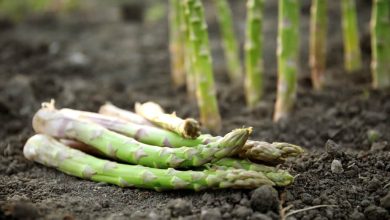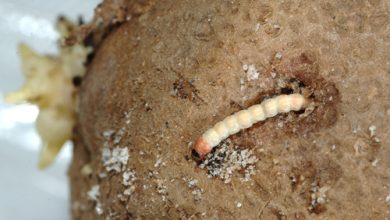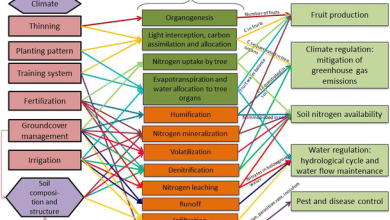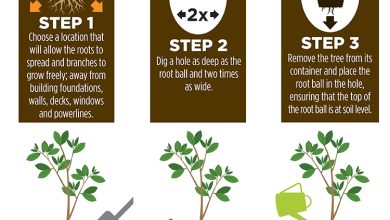7 essential winter garden care
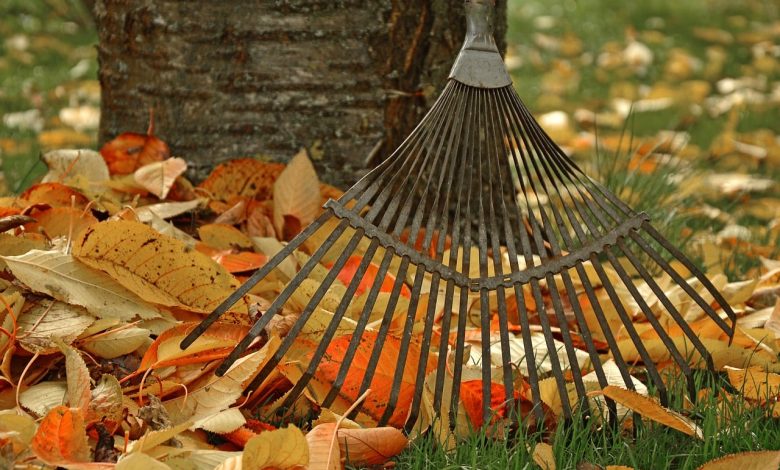
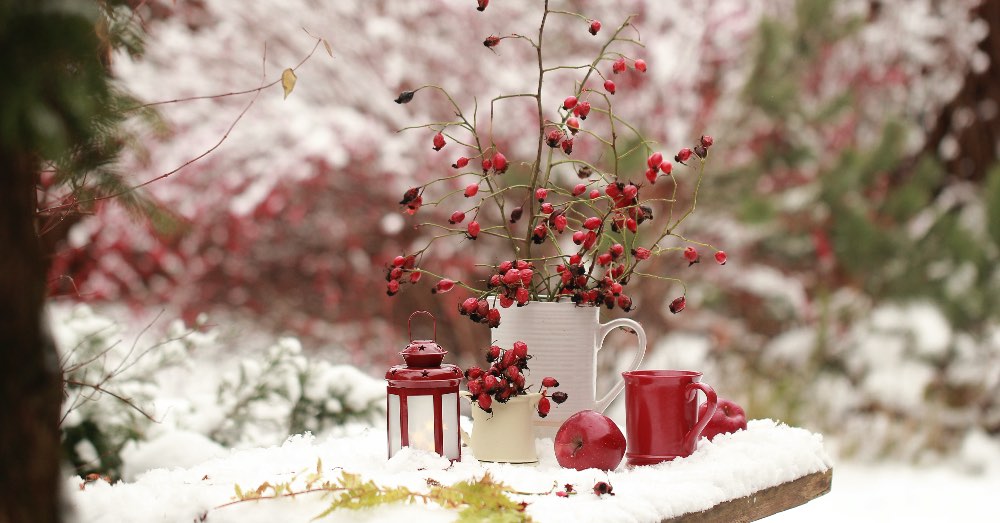
It is, without a doubt, the season of the year in which we pay less attention to it. And, although our little piece of nature is asleep, the truth is that he still needs us. A good reason to know the essential care of the garden in winter so that, with the arrival of good weather, it can shine fully. And it is that how to prepare the garden for spring happens, to a large extent, by giving it the attention it deserves in the cold months.
Taking care of the garden in winter does not only happen by planting those outdoor plants, bulbs or trees for winter planting. In addition to that, it is essential to carry out minimal maintenance work on it that not only seeks to take care of it. Added, they will avoid one of the headaches of any gardening lover: diseases.
So let’s take a closer look at seven tasks that we tend to do in the dead of winter. Seven simple tasks that will allow us to fully enjoy the garden when the good weather returns.
GARDEN CARE IN WINTER THAT WE SHOULD PERFORM
With the arrival of cold, most plants enter a state of vegetative rest. A natural and essential break that allows them to stay alive, saving nutrients and energy, in a climate that does not favor growth. But this vegetable pause does not mean that we forget about them completely. Not only will they need us to continue watering them, although in an infinitely smaller quantity than at other times of the year. They will also require certain fundamental care to be able to wake up from lethargy with the arrival of good weather.
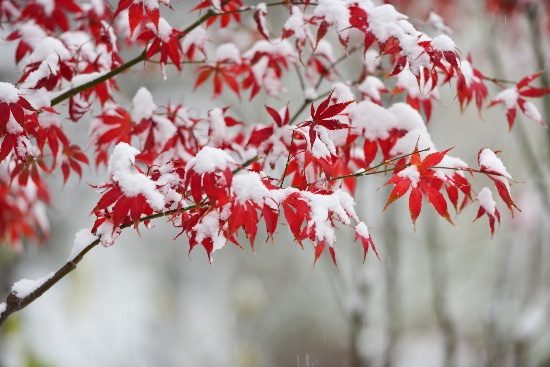
And yes: it is true that, although we are clear that the care of the garden in winter is essential, the cold does not invite too much to go out in the garden. But nothing like shaking off laziness and taking advantage of the central hours of the day to carry them out. And not just because it is the most beneficial time for us. Added, it will also be for your plants since it is precisely that time of day that is ideal for watering.
1. Eliminate damaged plants, key to avoiding infections
With the arrival of cold, many plants dry up or rot. And, although we think that nothing happens to leave them there, nothing is further from reality. The truth is that a plant in poor condition is a source of infections and fungi, so eliminating them should be a priority task.
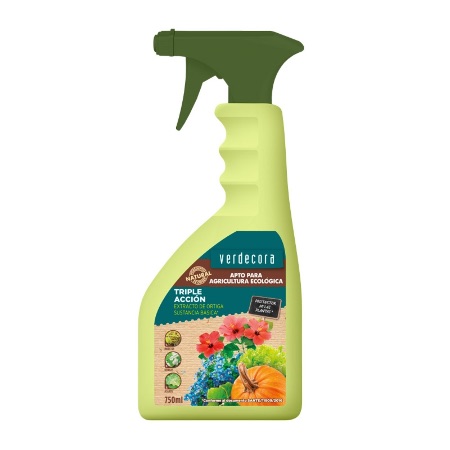
The thing is not only to remove the plant from the place where it is. It is also advisable to sanitize the substrate in which it was planted and the one that surrounds it. A way to eliminate any possible source of infection from our equation.
2. Review weeds, one of the most important winter garden care
Although our outdoor plants and trees are in a forced vegetative rest, there are some that continue to thrive despite everything. We refer to adventitious weeds: those that grow among ours at any time of the year and that, far from being only unattractive, can also be harmful to our nature.
Removing weeds from the garden is crucial. Its presence not only steals nutrients from our plants: it also serves as a shelter for the presence of pests and fungi. For this reason, and even if it is cold, we will have to spend time pulling them out and eliminating them thoroughly.
3. Protect the plants and their roots, essential to save ourselves trouble
It is more than likely that, with the arrival of winter, we would consider how to protect the garden from the cold. However, it must be clear that those measures that we took at the time are subject to the weather and, therefore, may have ceased to fulfill their protective function.
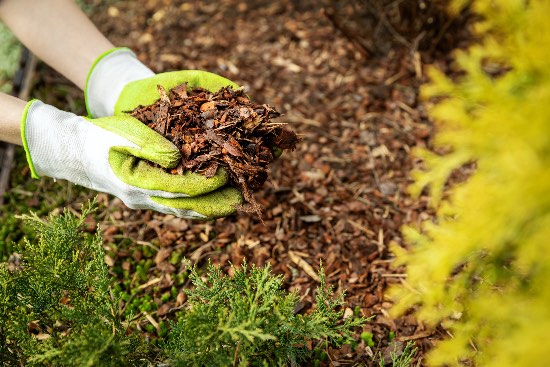
Until well into spring, it is important to check if our plants and their roots are well protected. What’s more: even if we didn’t do it in November, now is still a good time to mulch and, thanks to it, prevent the late winter frosts from taking their toll on our plants.
4. Enrich the soil, a commitment to improve spring
One of the fundamental winter garden care that we will have to relegate to the end of the season. Cold, frost and snow tend to compact the ground. Something that not only greatly prevents the correct growth of plants but also usually causes the impoverishment of soil nutrients.
For this reason, it is important to apply an organic fertilizer to the soil, such as compost or earthworm humus, before the arrival of spring. Thanks to it, we will not only enrich the substrate: we will also improve aeration; and we will wake up all the microbial fauna that lives in the land and that is key to the generation of nutrients. For our background fertilization to achieve its objective, the ideal is to remove the soil and mix it with the fertilizer. And extremely important: carry out this work away from the roots to avoid damaging them.
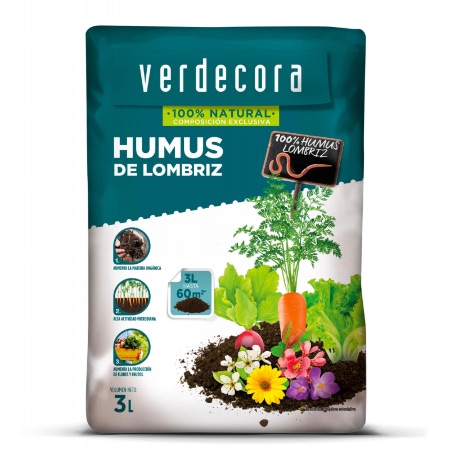
In addition to this detail, it is essential to know how to use worm castings correctly. Something of the utmost importance since, if we exceed the recommended amount, we run the risk of burning our plants.
5. Check the irrigation installation
A task that we do not usually remember until the temperatures rise. A moment that requires having our irrigation system at full capacity, and that can make it a bit difficult for us to take care of our plants correctly. Therefore, seeing if our irrigation installation has suffered any damage as a result of low temperatures and inactivity should be part of the garden care list in winter.
The ideal time is when daytime temperatures begin to rise and always in the absence of rain. It will be then when we will be able to test if the sprinklers or the drip irrigation that we have installed work normally. Testing it now will allow us to detect if any of the hoses or sprinklers have been damaged, and to be able to replace it in time. What if we only have a hose in our garden? We will also have to review it. Regardless of which of the different types of garden hose ours corresponds to, it is important to check that it has not been damaged by the cold.
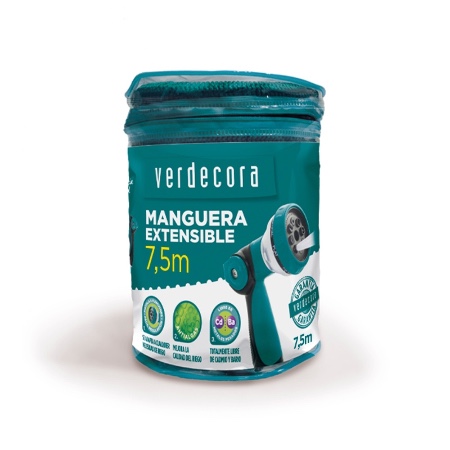
And it is more: if we have in mind to install an irrigation system, the end of winter is the ideal time. We will have time to have it finished before it starts to get hot in conditions.
6. Clean up the lawn, synonymous with avoiding pests
It is one of the great forgotten of the cold months. Although the ideal is that we focus on lawn care in February, the truth is that we can still take care of it in the middle of winter.
Although while the rains and frosts persist, it is not the time to mow, there are certain tasks that we can carry out now. The most important: remove dead leaves or any other organic matter that has fallen on the lawn. Its presence on our grass can cause the appearance of fungi.
7. Fine-tune our garden tools
With them, it happens, to a large extent, as with irrigation: we only remember to do the maintenance they need when we are going to use them. Anticipating can be interesting for many reasons. One that is purely practical: these months of inactivity give us a barracks to clean up and see if the time has come to change our basic gardening tools.
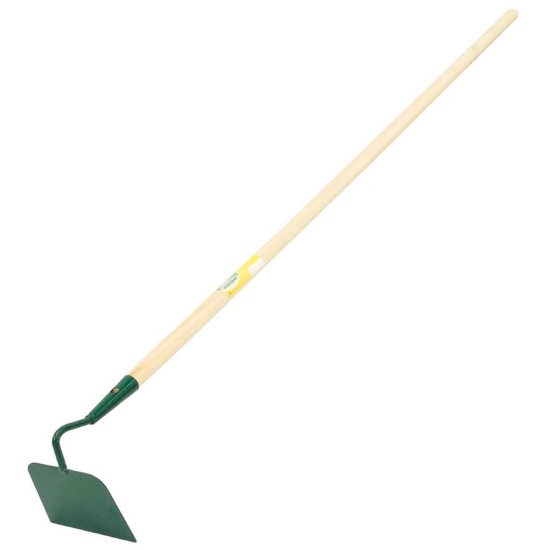
But it is not the only reason to pay attention to them as part of the care of the garden in winter. Around spring, it will be time to use pruning tools as well. Some that, after inactivity and the humidity of winter, may need to be sharpened as well as thoroughly cleaned of any presence of rust.
How many of these winter garden care do you practice in yours? Tell us!

